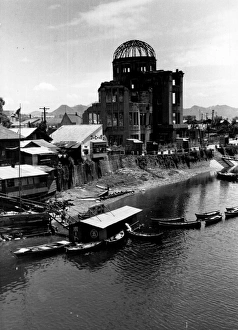Showa Period Collection
The Showa period, spanning from 1926 to 1989, was a time of immense change and cultural transformation in Japan
All Professionally Made to Order for Quick Shipping
The Showa period, spanning from 1926 to 1989, was a time of immense change and cultural transformation in Japan. Through the captivating art form of colour woodblock prints, artists like Iris brought to life the essence of this era. In "Maiko Girl" from 1924, we catch a glimpse into the world of geishas as they enchant with their grace and beauty. The vibrant colours transport us back to a time when tradition and elegance reigned supreme. "Approaching Snow, " created in December 1927, captures the serene tranquility that blankets Japan during winter. The delicate snowflakes seem almost tangible as they fall gently on rooftops and trees, creating a picturesque scene straight out of a fairytale. Nature takes center stage in "Hill Myna on a Magnolia Branch. " This mid-20th century print showcases the harmonious relationship between birds and blossoms, reminding us of Japan's deep appreciation for its natural surroundings. "The Actress Sakai Yoneko, " August 1929 - an exquisite portrayal capturing both strength and vulnerability. With her piercing gaze and intricate kimono patterns, Sakai Yoneko embodies the spirit of Japanese theatre during this period. In "Autumn" from 1936, we witness nature's transition as leaves turn fiery hues before gracefully descending to earth. It serves as a reminder that change is inevitable but can also be breathtakingly beautiful. "After the Bath, " created in 1933, presents an intimate moment frozen in time. The artist skillfully captures vulnerability through subtle gestures while maintaining an air of mystery surrounding his subject. As twilight descends upon April 1929 in "Twilight, " we are transported to another realm where shadows dance amidst fading light. This print evokes contemplation and introspection within viewers' hearts. "Ichimaru" from 1933 portrays traditional Japanese music at its finest – elegant yet powerful.












